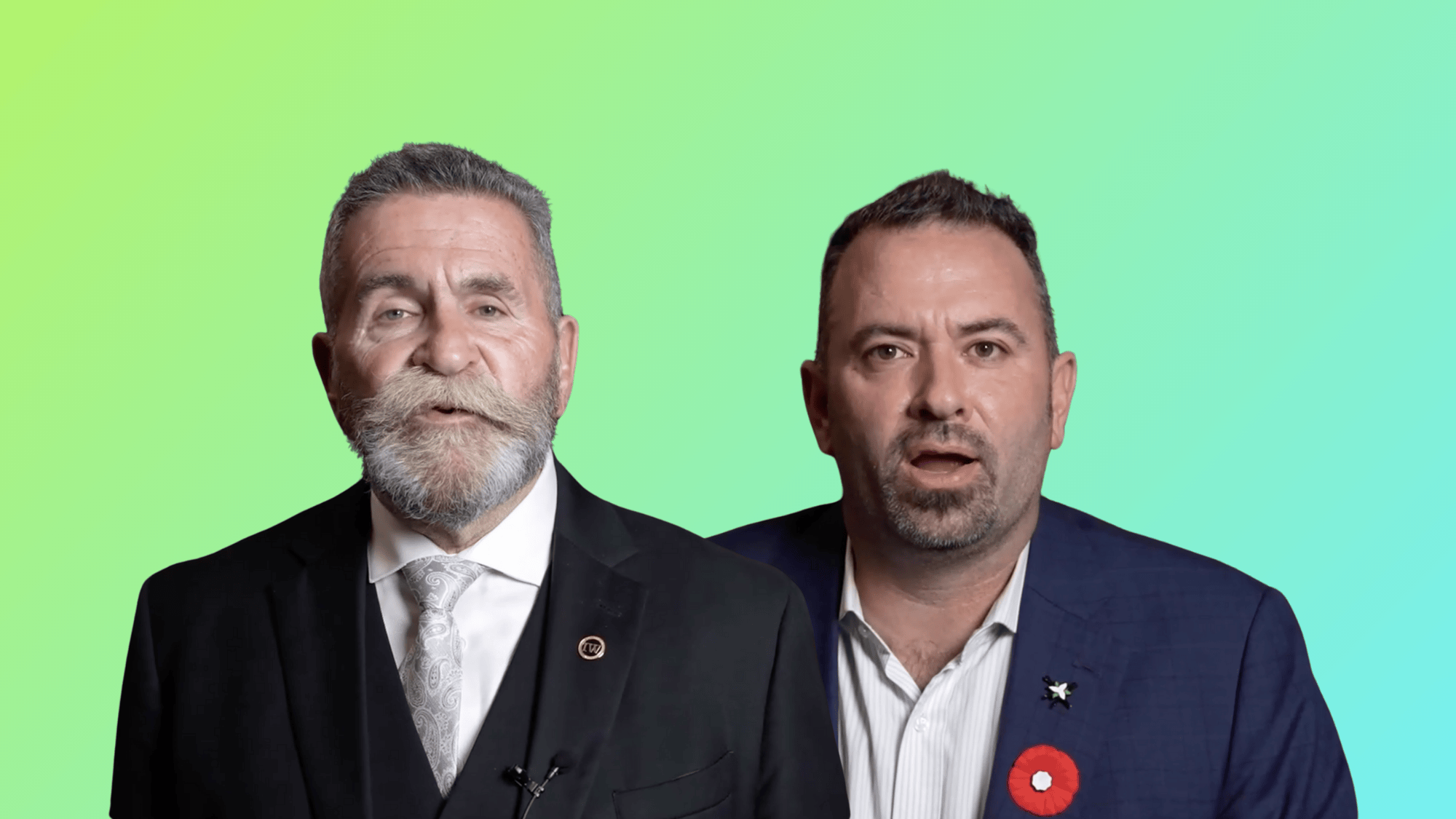Applications for the Canada Emergency Response Benefit (CERB) were opened on Monday, April 6th, and officials have estimated that up to 4 million people may apply for the emergency support. Since March 15th, more than 2 million workers had already applied for Employment Insurance (EI) benefits. Thanks to the hard work of countless federal public servants working in Service Canada and the Canada Revenue Agency, some EI applicants are already receiving CERB-like benefits and GST credits are now expected to arrive by mid-April. Yet the question still remains whether these programs provide sufficient support for all of those in need.
The purpose of CERB and the Canada Emergency Wage Subsidy (a program for employers) is to make it financially viable for non-essential workers to follow public health advice and stay home, while still being able to feed their families and pay housing costs. Unfortunately, the design of the two programs still excludes large groups of workers, such as seasonal workers and students who were waiting for jobs to start, workers and freelancers who still have some income coming in, and workers who were already unemployed prior to the COVID-19 outbreak.
In his April 6th press conference, the Prime Minister indicated that his team was aware of some of these problems and working to close the gaps. To help in this effort, I want to illustrate who is left out by the current measures, and how the program could be adjusted to ensure coverage for these workers as well.
When the CERB was announced the Prime Minister and other government officials stated that it was meant to reach workers, including the self-employed, who weren’t covered by Employment Insurance but had lost income from COVID-19. As the legislation is currently written, it requires workers to have ceased working due to COVID-19, and also requires that they have zero income. These two requirements leave out large groups of workers who fall under the stated intent of the program.
Seasonal workers, students, and already unemployed workers did not cease working due to COVID-19, but they have seen their employment prospects vanish because of the pandemic. This is a very large group. About 1 million workers were unemployed prior to March 15th, and will not qualify for the CERB or a wage subsidy. There are close to 400,000 seasonal workers in Canada, such as summer parks and recreation workers who are already receiving notice that their jobs won’t be there this summer. There are millions of high school and post-secondary students that are looking at a non-existent labour market for the summer. We want to ensure that these workers and students can afford to stay home, and aren’t seeking under-the-table employment or finding other ways to supplement their income that may cause further spread of COVID-19.
Many workers that still have some hours or some income coming in have lost substantial income, but will not be covered by the wage subsidy. These workers do not qualify for the CERB for two reasons – they have not ceased employment, and they maintain some employment income. There are one million workers who work multiple jobs and may have lost one part-time job but not the other one. An example is long term care workers that worked part-time in multiple locations, but now have to restrict their employment only to a single long term care centre. If policy makers are concerned about people earning too much money and also taking advantage of the benefit, they can make changes to next year’s income tax that will allow the federal government to tax back some or all of the benefit for workers that earned income over a given threshold. This type of design provides more complete coverage, and it is easier to smooth income after the fact. Workers may end up with a well paid job in September and be able to pay part of the benefit back later, but they need income now to bridge them past the pandemic.
Public sector employers are not eligible for the wage subsidy, but some, such as universities and municipalities have already lost revenue and are laying off workers or severely reducing their work hours. Allowing employer top-ups in place of the wage subsidy would allow workers to maintain access to any benefits they may have negotiated. Nearly 1.5 million workers are self-employed with no paid help, and so won’t qualify for the wage subsidy, either. Many self-employed workers stitch together multiple contracts to make ends meet, and will have lost some sources of income, but not all of it, making them ineligible for the CERB.
Two simple changes to eligibility would make all of these workers eligible.
The legislation creating the CERB is laid out in Part 2 of Bill C-13, An Act respecting certain measures in response to COVID-19. Rules for eligibility are established in section 6. If this section were amended to replace “cease employment” with “loss of income or employment opportunity”, and rather than requiring zero income, specified a 30% reduction in income, access to the benefit would be expanded significantly. EI already allows for employer top-ups and some working while on claim – and the wage subsidy only requires a 30% drop in revenue. It would be consistent with both to allow some income and employer top-ups on CERB for those ineligible for the wage subsidy.
As parliamentarians return to pass legislation for the wage subsidy, they can make these small amendments to Bill C-13.
At the same time, even an improved CERB does not help everyone, especially if the requirement to have earned $5,000 in the past year remains in place. If the federal government does not respond to calls to make access to CERB universal, then it will fall to provinces to catch those who fall through the cracks. Social assistance programs normally fall under provincial jurisdiction. Some provinces, like BC, have already increased social assistance support levels and removed administrative barriers to eligibility. As more people need these supports, their inadequacy is becoming harder for governments to ignore, and will hopefully lead to long term improvements. Provinces could make an argument that at least part of the cost of augmenting social assistance should be borne by the federal government, since provinces will be supporting many that the federal government failed to reach. The federal government has the fiscal capacity to help provinces expand social assistance by increasing the Canada Social Transfer.
Some workers currently receiving benefits from social assistance programs could qualify for the CERB, but risk having these benefits clawed back, or they may lose access to critical public services they rely on. The federal government has placed no restriction on their side, workers may receive provincial assistance and it will not affect eligibility for the CERB. Now provinces must to do their part, and promise not to claw back these benefits. So far only BC has promised that they won’t claw back CERB.
We normally design income support policies to ensure that we encourage work rather than provide benefits that discourage labour market activity, but we need to be doing exactly the opposite right now. Policy makers accustomed to making sure the design of a program only reaches their intended group need to adjust their thinking caps and cast a broader net. Multiple patches on an already patchwork system will be slow, messy, and exclude too many people that need help, resulting in a broader spread of COVID-19.
Our health care system does not have the capacity for anything beyond best case scenarios of COVID-19 spread. We need to give public health measures all the support we can to limit the spread of the virus and prevent unnecessary deaths. A simple and generous income support system with broad coverage has little downside in this scenario and could literally save lives.





